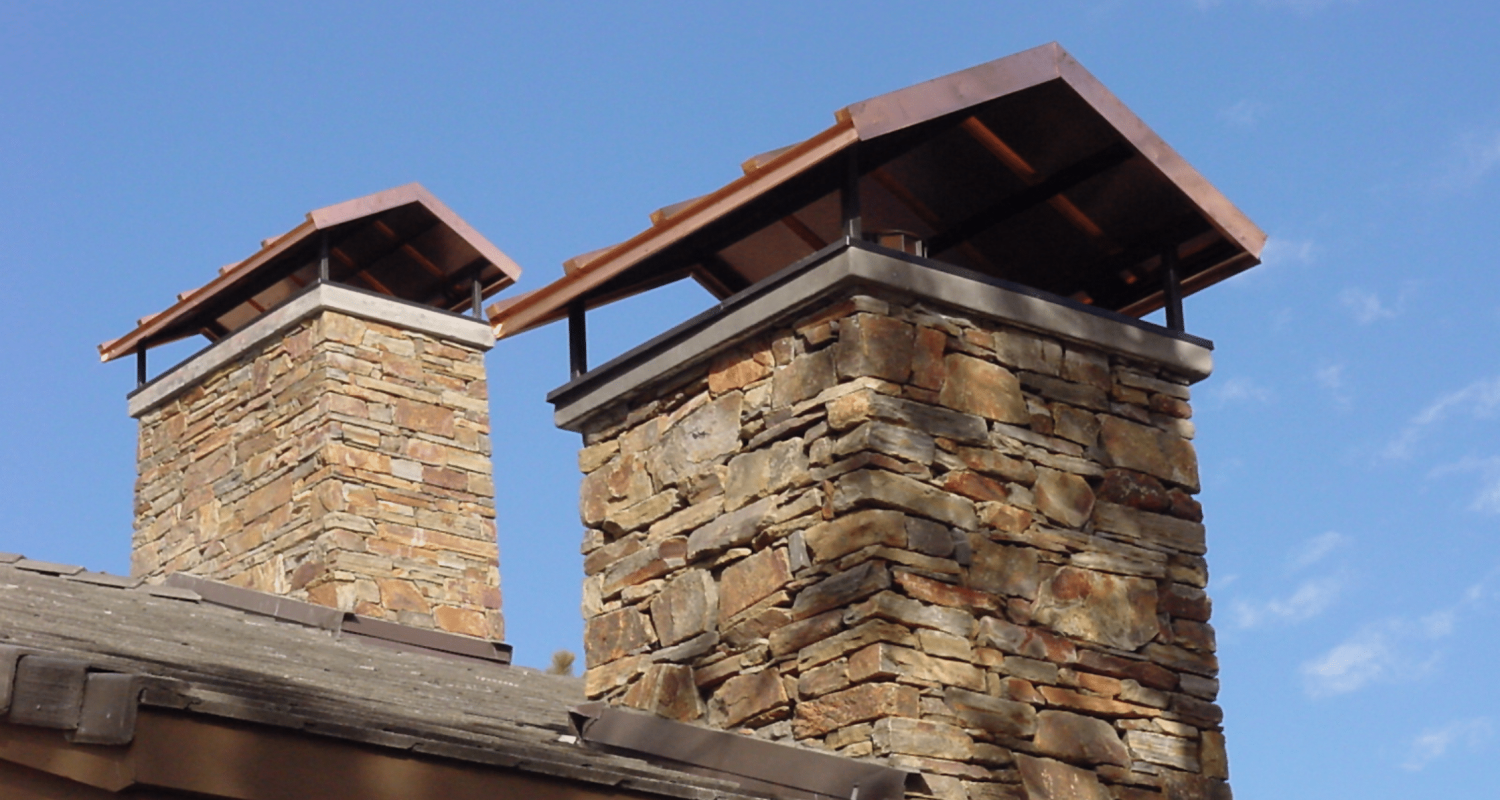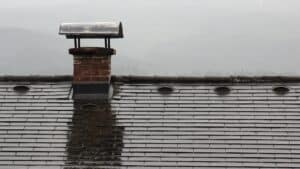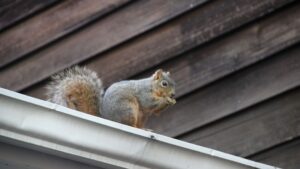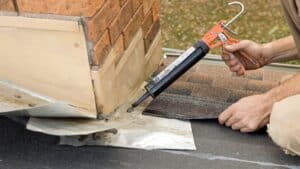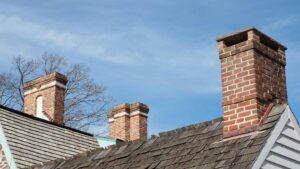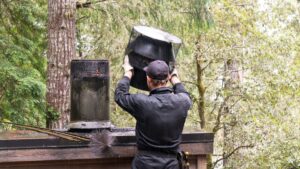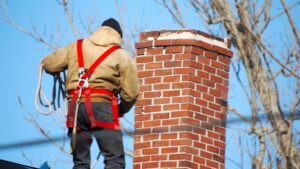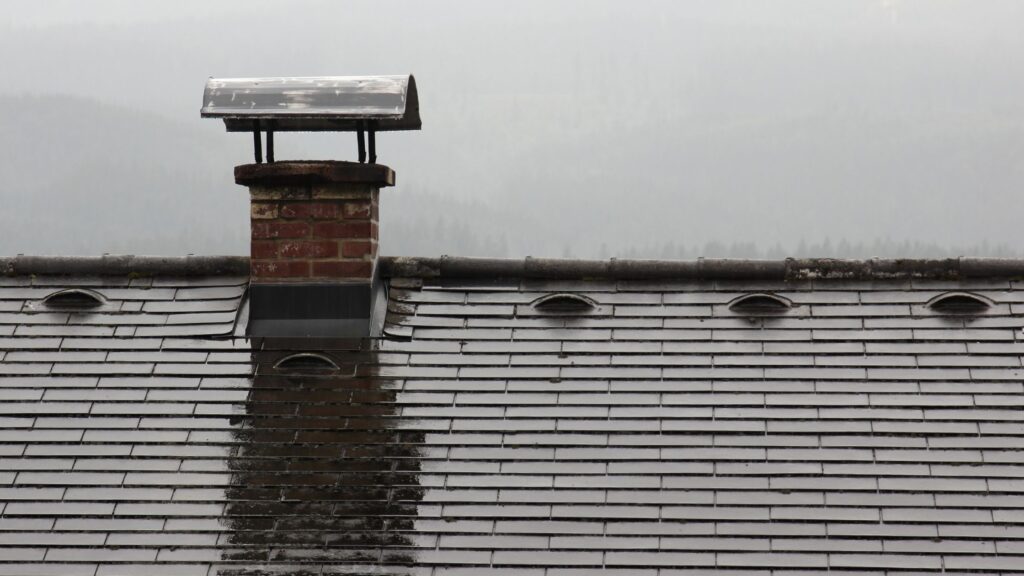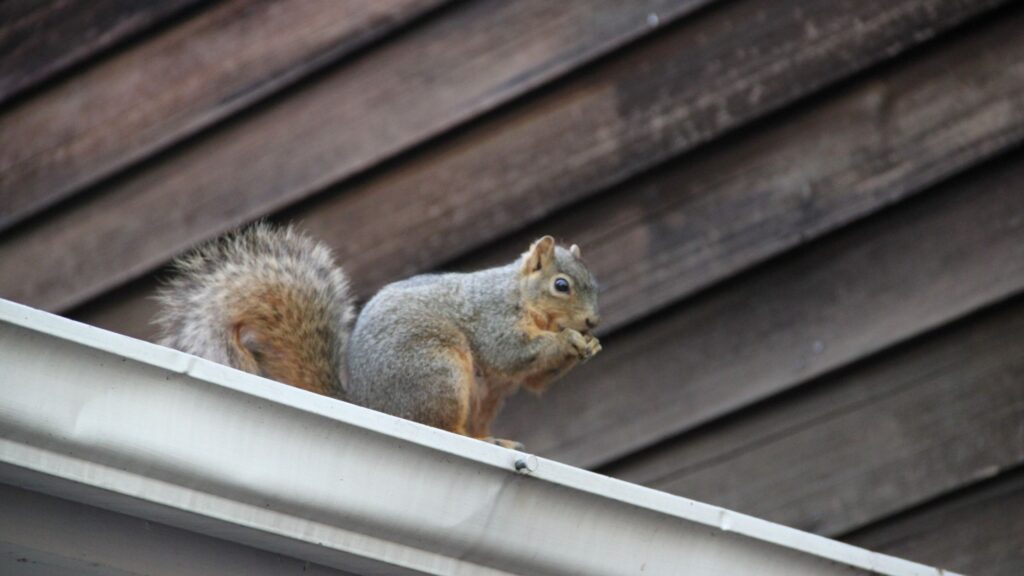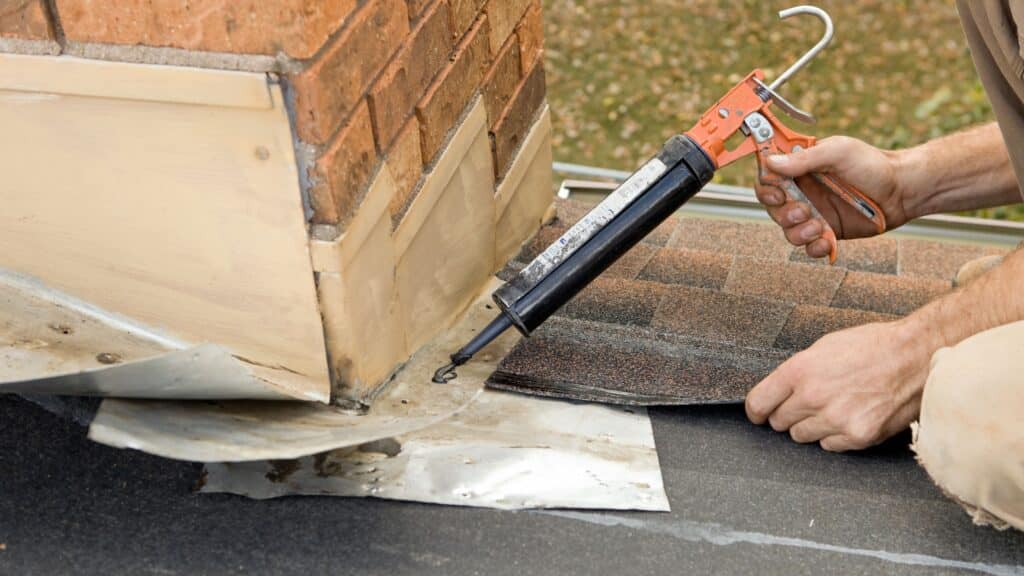After months of heavy fireplace use and exposure to harsh winter weather, your chimney may have sustained damage that isn’t immediately visible. Snow, ice, freezing temperatures, and high winds can cause cracks, moisture buildup, and blockages that could lead to costly repairs if left unchecked.
A spring chimney inspection is the best way to identify post-winter chimney damage, remove hazardous creosote buildup, and prepare for the upcoming rainy season. For homeowners in Catskill and the Hudson Valley, scheduling an inspection now can help prevent leaks, structural deterioration, and potential safety hazards.
Why You Should Schedule a Spring Chimney Inspection
Many homeowners think about chimney maintenance only in the fall, right before fireplace season begins. However, a spring inspection is just as important—if not more—because it helps:
- Detect Winter Damage Early – Freezing and thawing cycles can cause bricks to crack and mortar joints to deteriorate. A spring inspection catches damage before it worsens.
- Prevent Costly Water Damage – Spring rain can exacerbate leaks that developed during winter, leading to interior water damage in your home.
- Remove Creosote Buildup from Winter Use – Heavy fireplace use leaves behind creosote, a highly flammable substance that increases the risk of chimney fires.
- Prepare Your Chimney for Summer and Fall – Addressing maintenance now means you won’t have to rush for repairs when fall fireplace season arrives.
If your chimney has gone through an entire winter of freezing temperatures, snow, and heavy fireplace use, now is the time to schedule a professional inspection.
Common Chimney Issues Found in Spring Inspections
Winter takes a toll on chimneys, and a professional chimney inspection can uncover hidden issues before they become costly repairs. Here are some of the most common post-winter chimney problems:
1. Cracked or Deteriorating Masonry
- Cause: The freeze-thaw cycle causes moisture to seep into bricks and mortar. When it freezes and expands, it weakens the masonry.
- Signs: Cracks in bricks, loose mortar, and spalling (flaking or crumbling bricks).
- Solution: Tuckpointing (replacing old mortar) or brick replacement to restore chimney strength.
2. Chimney Leaks & Water Damage
- Cause: Melting snow and ice can seep into small cracks in the chimney crown, flashing, or masonry. Spring rains make the problem worse.
- Signs: Water stains on walls near the fireplace, damp smells, or a rusted damper.
- Solution: Chimney waterproofing, flashing repair, or a chimney cap installation to prevent future leaks.
3. Creosote & Soot Buildup from Winter Use
- Cause: Burning wood all winter leaves behind creosote, a tar-like substance that sticks to the chimney walls and poses a fire hazard.
- Signs: A strong, smoky odor coming from the fireplace, black soot deposits, or difficulty starting fires.
- Solution: A professional chimney cleaning to remove built-up creosote and improve airflow.
4. Chimney Cap or Crown Damage
- Cause: Harsh winter weather can crack or loosen the chimney crown (the protective concrete layer at the top of the chimney) or damage the chimney cap.
- Signs: Missing or cracked chimney crown, rusted or detached chimney cap.
- Solution: Repair or install a chimney cap to prevent debris, animals, and water from entering.
Trust True Ventilation for Your Spring Chimney Inspection in Catskill
If you’re in Catskill, Hudson Valley, or surrounding areas, call True Ventilation for a professional chimney inspection and repair.
Why Choose True Ventilation?
- ✔ Experienced & Certified Chimney Technicians – We have years of experience inspecting and repairing chimneys in the region.
- ✔ Comprehensive Chimney Services – From inspections to repairs, waterproofing, and chimney cleaning, we do it all.
- ✔ Affordable Pricing & Honest Assessments – No hidden fees—just quality service you can trust.
- ✔ Local & Reliable – We proudly serve homeowners in Catskill, Hudson Valley, and beyond.
📞 Call Today to Schedule Your Spring Chimney Inspection!
📧 Email Us to Book Your Inspection
People Also Ask
Why is a spring chimney inspection important?
A spring chimney inspection detects winter damage, prevents leaks, and removes creosote buildup, ensuring your chimney is safe for the next season.
How often should I get my chimney inspected?
Experts recommend an annual chimney inspection to check for damage, blockages, and safety hazards.
Can I inspect my own chimney?
While you can look for visible damage, a professional inspection provides a thorough assessment and ensures your chimney is in good condition.



